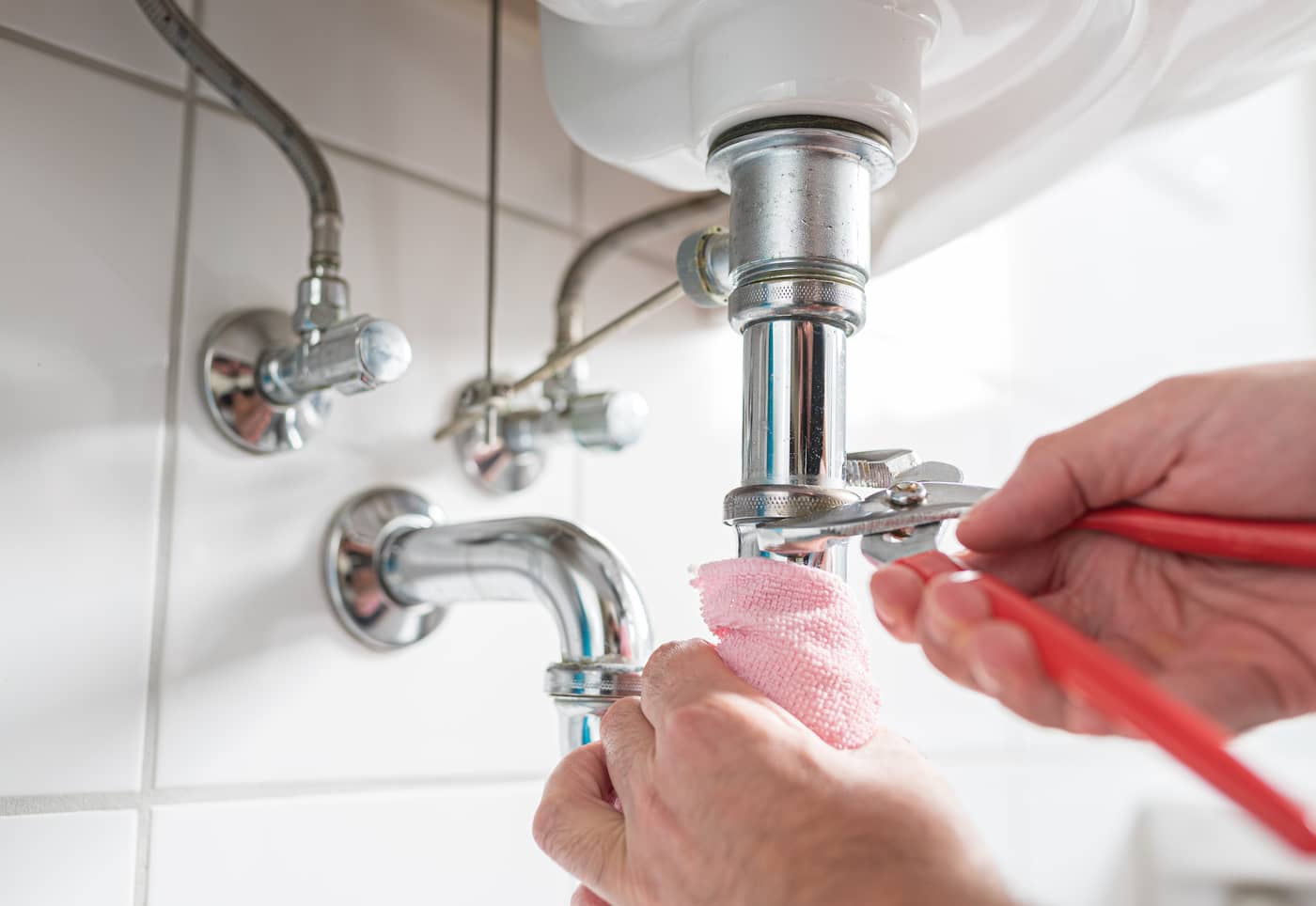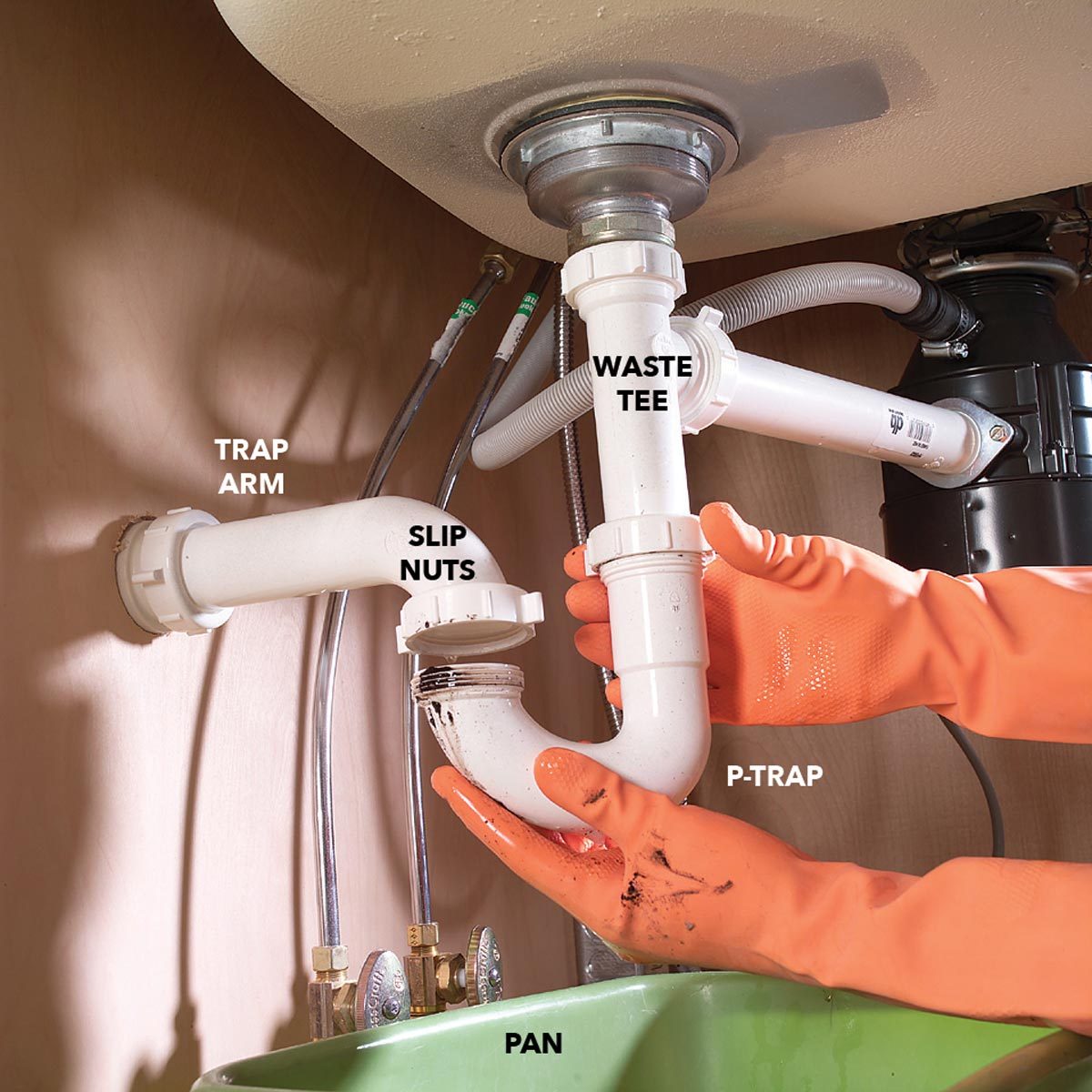Identifying Drain Blockages: How To Take Bathroom Sink Drain Out
:strip_icc()/how-to-clean-a-bathroom-sink-drain-01-c728294c8bee42428afdf3e69f449279.jpg)
How to take bathroom sink drain out – Bathroom sink drains can become clogged for various reasons, causing water to back up and drain slowly. Identifying the location and type of blockage is crucial for effective unclogging.
Unscrewing the drain stopper is usually the first step in taking out a bathroom sink drain. If you’re looking to upgrade your sink’s faucet while you’re at it, consider a copper bathroom sink faucet. Its classic charm and durability make it a timeless choice.
Returning to the drain removal process, once the stopper is off, you can use a pair of pliers to loosen the slip nut that holds the drain in place.
Common causes of drain blockages include:
- Hair and soap scum
- Mineral buildup from hard water
- Food particles and grease
- Small objects (e.g., jewelry, toys)
- Tree roots (in outdoor drains)
To diagnose the location of a blockage, try the following:
- Check if the blockage is localized to one sink or affects multiple drains.
- Run water in other sinks, showers, or tubs to see if the water drains properly.
- If the blockage is localized, it’s likely in the sink drainpipe.
- If multiple drains are affected, the blockage may be in the main drain line.
To identify the type of blockage, consider the following:
- Hair and soap scum blockages are typically soft and can be removed with a drain snake or chemical drain cleaner.
- Mineral buildup is hard and may require a vinegar and baking soda solution or a commercial descaling product.
- Food particles and grease can solidify and form a hard blockage, which may need to be removed manually with a drain auger.
- Small objects may require a drain hook or plumber’s snake to retrieve.
- Tree roots can cause severe blockages and require professional plumbing assistance.
Removing Drain Stoppers

Sink drain stoppers can vary in type and removal methods. Understanding the different types and their specific removal techniques will ensure efficient drain cleaning and maintenance.
Drain stoppers serve the purpose of preventing water from draining out of the sink, allowing it to fill up for various tasks like washing dishes or soaking items. When a drain becomes clogged, removing the stopper is often necessary to access and clear the blockage.
Pop-up Stoppers
Pop-up stoppers are commonly found in bathroom sinks and consist of a metal or plastic stopper that fits into a drain hole. They are operated by a lever or knob that lifts the stopper up or down to open or close the drain.
- Locate the small hole on the side of the pop-up stopper.
- Insert a drain key or a small screwdriver into the hole and turn it counterclockwise.
- Once the stopper is loose, pull it straight up to remove it from the drain.
Mushroom Stoppers
Mushroom stoppers are typically made of rubber and have a mushroom-shaped head that fits into the drain hole. They are usually removed by hand.
- Grasp the mushroom stopper firmly with your fingers.
- Pull it straight up to remove it from the drain.
- If the stopper is stuck, you can use a pair of pliers to gently pry it loose.
Lever Stoppers
Lever stoppers are similar to pop-up stoppers but have a lever that is attached to the stopper. The lever is used to lift the stopper up or down to open or close the drain.
- Locate the small screw that holds the lever in place.
- Use a screwdriver to remove the screw.
- Once the screw is removed, the lever will come off, and you can then pull the stopper straight up to remove it from the drain.
Accessing and Removing Drain Traps

Drain traps, also known as P-traps or S-traps, are essential components of bathroom sinks as they prevent sewer gases from escaping into the room. These traps are typically located beneath the sink and are responsible for holding a small amount of water, creating a barrier that blocks the passage of gases.
Accessing and Removing P-Traps, How to take bathroom sink drain out
To access and remove a P-trap, follow these steps:
- Place a bucket or basin beneath the trap to catch any water that may spill.
- Using a wrench or pliers, loosen the nuts that connect the trap to the sink drain and the drainpipe.
- Carefully remove the trap by gently pulling it downward.
Accessing and Removing S-Traps
S-traps are less common in modern bathroom sinks, but the removal process is similar to that of P-traps:
- Place a bucket or basin beneath the trap to catch any water that may spill.
- Using a wrench or pliers, loosen the nuts that connect the trap to the sink drain and the drainpipe.
- Gently pull the trap downward to remove it.
Safety Precautions:
- Always wear gloves and eye protection when working with drain traps.
- Ensure that the water supply to the sink is turned off before starting the removal process.
- Be aware of the potential for sewage backup when removing the trap.
After taking the bathroom sink drain out, it’s essential to clean the area thoroughly. If you’re planning to give your bathroom a fresh look, consider painting the sink. Find detailed instructions on how to paint a bathroom sink. Once the paint is dry, reassemble the drain and enjoy your refreshed bathroom.